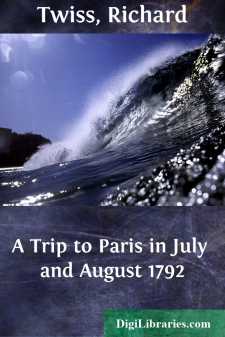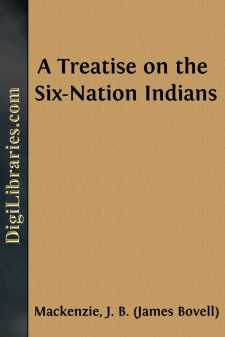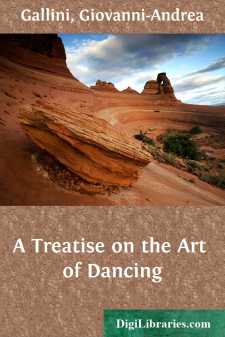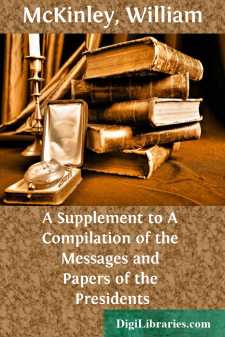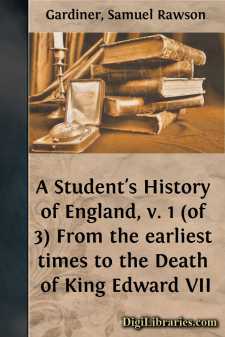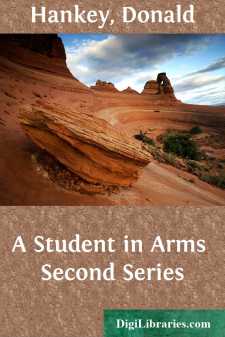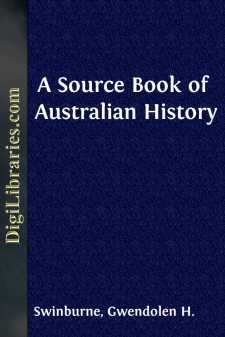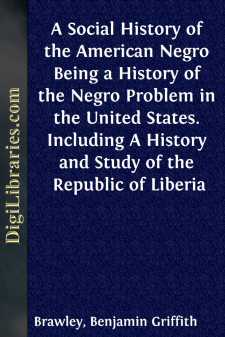History
- Africa 30
- Americas (North Central South West Indies) 50
- Ancient 68
- Asia 58
- Australia & New Zealand 8
- Canada 41
- Caribbean & West Indies 1
- Civilization 20
- Eastern Europe 12
- Europe 310
- Expeditions & Discoveries 60
- General 77
- Historical Geography 1
- Jewish 9
- Latin America 3
- Medieval 8
- Middle East 13
- Military 248
- Revolutionary 8
- Study & Teaching 5
- United States 353
- Western Europe 56
- World 13
History Books
Sort by:
by:
Annie Brassey
CHAPTER I. FAREWELL TO OLD ENGLAND. Masts, spires, and strand receding on the right, The glorious main expanding on the bow. At noon on July 1st, 1876, we said good-bye to the friends who had come to Chatham to see us off, and began the first stage of our voyage by steaming down to Sheerness, saluting our old friend the 'Duncan,' Admiral Chads's flagship, and passing through a perfect...
more...
by:
Richard Twiss
ROAD FROM CALAIS. UNNECESSARY PASSPORTS. CHANTILLY. THE following excursion was undertaken for several reasons: the first of which was, that though I had been many times in Paris before, yet I had not once been there since the Revolution, and I was desirous of seeing how far a residence of a few years in France might be practicable and agreeable; secondly, a Counter-Revolution, or, at least, some...
more...
Infantry attacks with its fire, or with the bayonet. Which of these is the more effective? 1. The object of an attack is to destroy or capture the hostile force, or, at least, to drive it from the field. Capturing the enemy, or driving him from the field, cannot usually be effected by merely firing upon him. True, a mere fire at a distance may finally destroy him. But an insuperable objection to this...
more...
The conditions which govern the Indian's occupation of his Reserve are, probably, so well known, that any extended reference under this head will be needless. He ceded the whole of his land to the Government, this comprising, originally, a tract which pursued the entire length of the Grand River, and, accepting it as the radiating point, extended up from either side of the river for a distance of...
more...
ADVERTISEMENT. What I have here to say is rather in the nature of an apology than of a preface or advertisement. The very title of a Treatise upon the art of dancing by a dancing-master, implicitly threatens so much either of the exageration of the profession, or of the recommendation of himself, and most probably of both, that it cannot be improper for me to bespeak the reader’s favorable precaution...
more...
by:
William McKinley
William McKinley (For portrait and early biographical sketch see Vol. X, pp. 125, 126, 127) At the National Republican Convention which met at Philadelphia in June, 1901, William McKinley was again nominated the Republican candidate for the Presidency of the United States. At the November election he was re-elected, receiving 292 electoral votes, against 155 votes for William J. Bryan. In September,...
more...
The present work is intended for such students as have already an elementary knowledge of the main facts of English history, and aims at meeting their needs by the use of plain language on the one hand, and by the avoidance, on the other hand, of that multiplicity of details which is apt to overburden the memory. At the close of the book I have treated the last eleven years, 1874 to 1885, in a manner...
more...
by:
Donald Hankey
SOMETHING ABOUT "A STUDENT IN ARMS" "His life was a Romance of the most noble and beautiful kind." So says one who has known him from childhood, and into how many dull, hard and narrow lives has he not been the first to bring the element of Romance? He carried it about with him; it breathes through his writings, and this inevitable expression of it gives the saying of one of his...
more...
Source.—Tasman's Journal (edited by Heeres), pp. 1, 11-16 The Spaniard Torres was probably the first European to sight Australia (Cape Yorke); but Tasman was the first who consciously discovered the Great South Land. In his search for fresh fields for trade, he came upon Tasmania and New Zealand. Journal or description drawn up by me, ABEL JAN TASMAN, of a Voyage made from the town of Batavia in...
more...
CHAPTER I THE COMING OF NEGROES TO AMERICA 1. African Origins An outstanding characteristic of recent years has been an increasing recognition of the cultural importance of Africa to the world. From all that has been written three facts are prominent: (1) That at some time early in the Middle Ages, perhaps about the seventh century, there was a considerable infiltration of Arabian culture into the...
more...



